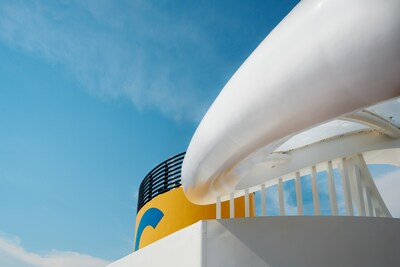The Biden administration’s pause on permits for new US liquefied natural gas facilities hasn’t hurt all unbuilt projects.
Glenfarne Energy Transition, a subsidiary of Glenfarne Group, is moving ahead with its fully permitted lower-carbon flagship LNG export facility, Texas LNG, as the project is now set up to be the only such US project to reach FID this year.
Texas LNG, a 4 million MTPA facility proposed for Brownsville, Texas, will be the lowest carbon emitting LNG facility approved in the US, largely due to its use of electric motors in refrigerated compression.
As designed, the plant would emit .15 metric tons of CO2e per ton of LNG produced, placing it slightly lower than the much larger Freeport LNG facility, which also has electric motors and emits around .17 metric tons of CO2 per ton of LNG.
The carbon intensity measurement counts emissions at the Texas LNG plant only, and not related emissions from the electric grid, which is why Glenfarne is seeking to source power for the project from wind and solar generation in south Texas, Adam Prestidge, senior vice president at Glenfarne, said in an interview.
In fact, the lower carbon aspects of Texas LNG helps with every element of the project, Prestidge said, including conversations with European offtakers and potential debt investors.
“Having a focus on sustainability is table stakes for every conversation,” he added. “It’s the finance side, it’s the offtake side, it’s our conversations with regulatory agencies.”
LNG pause
Glenfarne is seeking to raise up to $5bn of equity and debt for the project, according to news reports, a process that could benefit from the Biden administration’s pause on issuing permits for LNG projects that export to countries without free-trade agreements with the US.
“Our confidence and our timetable for that has probably been accelerated and cemented by the fact we are fully permitted, despite the Biden LNG pause impacting the broader market,” Prestidge said.
“The market has pretty quickly recognized that if you want to invest in LNG or buy LNG from a project that’s going to FID in 2024, you really don’t have very many fully permitted options right now.”
Glenfarne’s other US LNG project, called Magnolia LNG, has not yet received the required federal approvals and is therefore on pause along with a handful of other projects.
For Magnolia, Glenfarne is proposing to use a technology for which it owns the patent: optimized single mixed refrigerant, or OSMR, which uses ammonia instead of propane for cooling, resulting in less feed gas needed to run the facility and thus about 30% lower emissions than the average gas-powered LNG facility, Prestidge said.
Hydrogen projects
Glenfarne Energy Transition last year announced the formation of its hydrogen initiative, saying that projects in Chile, Texas, and Louisiana would eventually produce 1,500 kilotons of ammonia.
“We’ve got existing infrastructure in the US Gulf Coast, and in Chile. A lot of the infrastructure required to produce LNG is similar or can be easily adapted to the infrastructure needed to produce ammonia,” Prestidge said. “And so, we’ve looked at locating hydrogen and ammonia production at sites in or near the ports of Brownsville and Lake Charles,” where Texas LNG and Magnolia LNG are located, respectively.
“The familiarity with the sites and the infrastructure and the local elements, make those pretty good fits for us,” he added.





